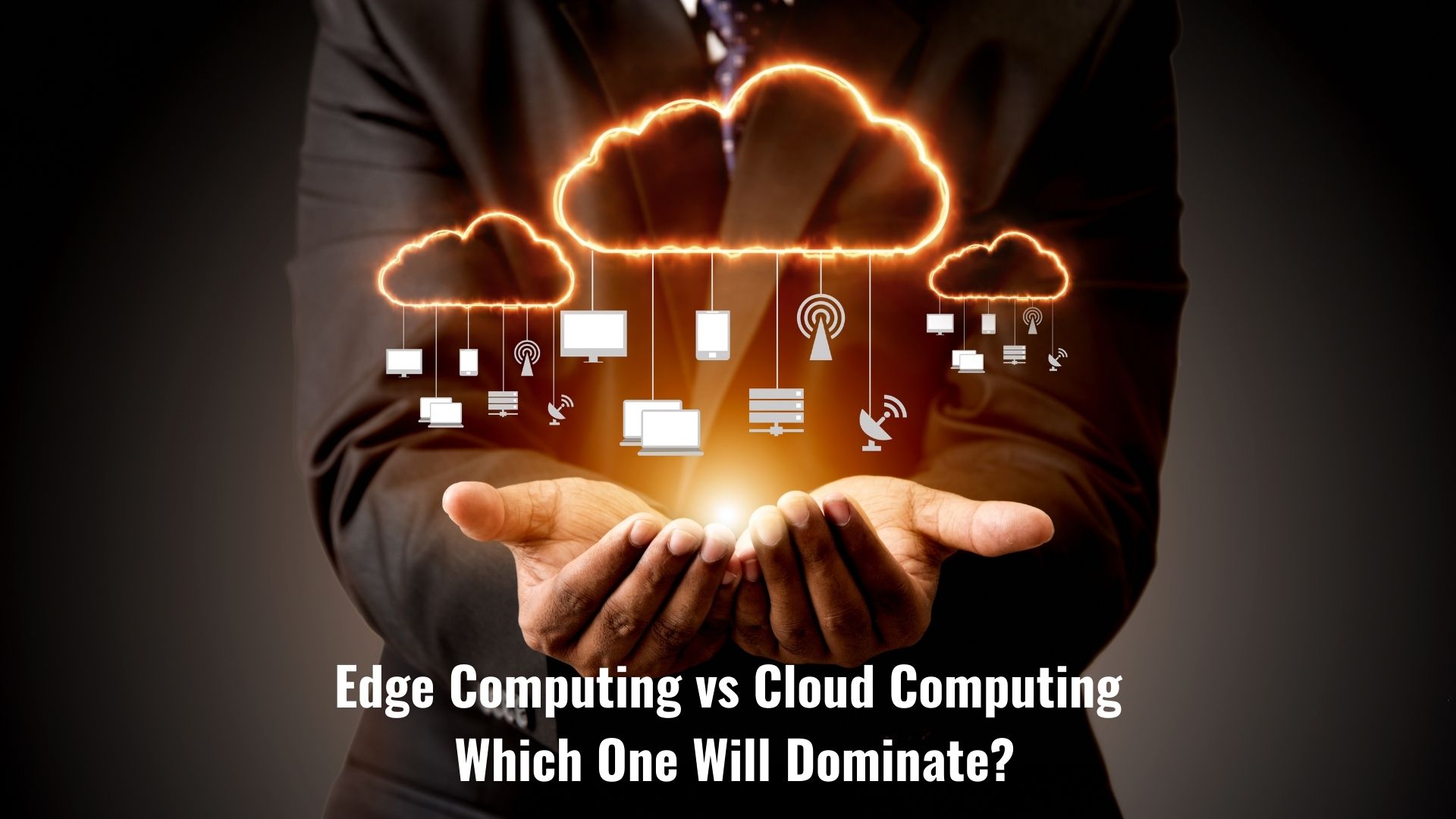As the demand for faster data processing and real-time applications grows, businesses and tech leaders are debating whether edge computing or cloud computing will take the lead in the future of digital infrastructure. While both have distinct advantages, the competition is shaping the next generation of technology. Let’s break down each approach’s key differences, benefits, and future outlook.
1. Understanding Edge Computing and Cloud Computing
What is Cloud Computing?
Cloud computing involves storing and processing data in centralized data centers managed by cloud providers like AWS, Microsoft Azure, and Google Cloud. Users can access computing power and storage on demand, making it a scalable and cost-effective solution.
What is Edge Computing?
Edge computing processes data closer to the source—at the network’s ” edge ” rather than relying on a centralized cloud. This reduces latency and enables real-time processing, crucial for applications like IoT, autonomous vehicles, and smart cities.
2. Key Differences Between Edge and Cloud Computing
FeatureCloud ComputingEdge Computing
Latency Higher latency due to remote data centers Lower latency as data is processed near the source
Scalability Highly scalable, with virtually unlimited storage Limited by edge device capabilities
Security Centralized security management Requires distributed security measures.
Cost Efficiency The Pay-as-you-go model may have high bandwidth costs It Reduces cloud bandwidth costs but requires edge infrastructure.
Use Cases Big data analytics, enterprise applications, SaaS platforms, IoT, autonomous systems, and real-time analytics.
3. Advantages of Edge and Cloud Computing
Benefits of Cloud Computing
- Scalable and cost-efficient for businesses of all sizes
- Centralized data storage with strong security measures
- Supports complex machine learning and data analytics applications
Benefits of Edge Computing
- Reduces latency for real-time processing
- Enhances reliability in remote or low-connectivity areas
- Lowers bandwidth usage by processing data locally before sending it to the cloud
4. Which Will Dominate the Future?
Instead of dominating the other, hybrid models combining cloud and edge computing will likely emerge. Cloud computing will continue to be essential for large-scale data storage and processing, while edge computing will become critical for applications requiring real-time performance.
Industries such as healthcare, manufacturing, and autonomous vehicles rely heavily on edge computing, whereas cloud computing will remain the backbone for enterprise IT, AI training, and global data management.
Conclusion
Both edge computing and cloud computing have significant roles to play in the future of technology. Rather than replacing one another, they will work together to create more efficient, responsive, and scalable digital ecosystems. The key is understanding which approach best suits your needs and effectively leveraging both.
What do you think? Will edge computing overtake cloud computing, or will they coexist? Share your thoughts in the comments!

Leave a Reply